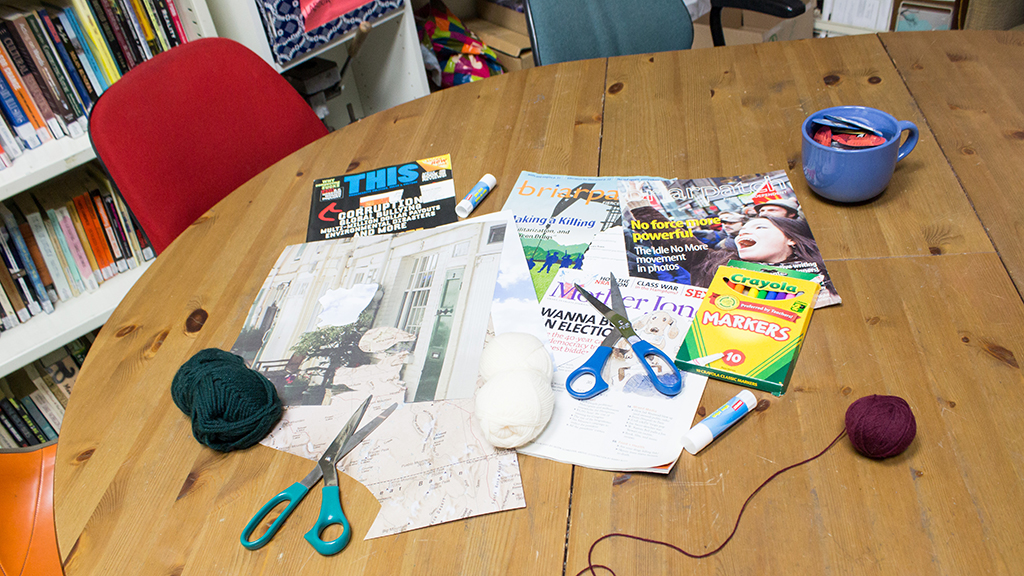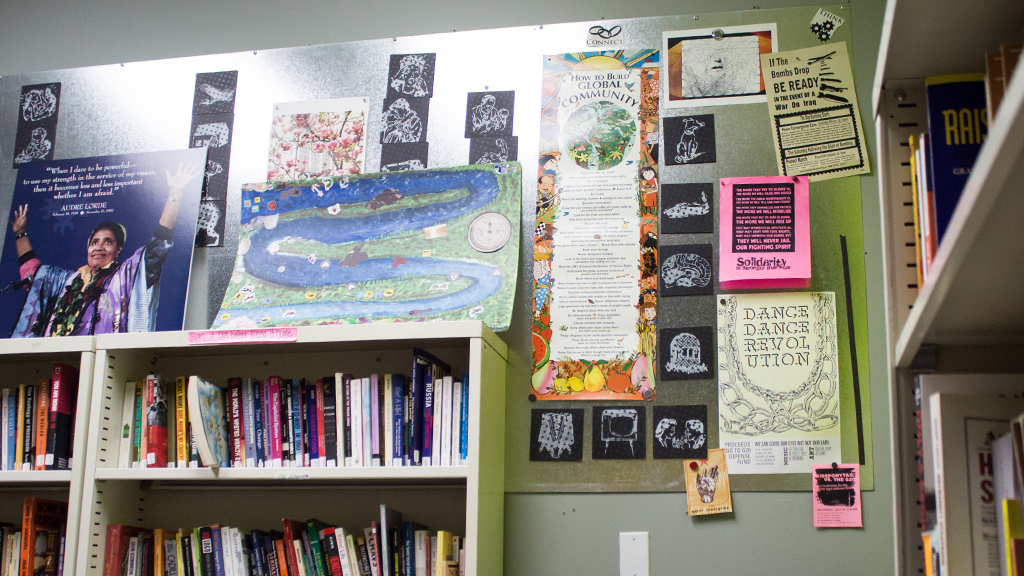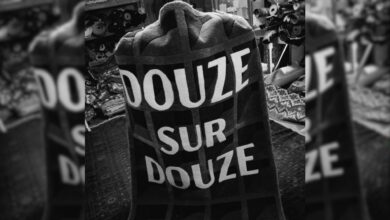APIRG’s Art of Protest shows new art-based means of protesting
 Christina Varvis
Christina VarvisMost people are passionate about one thing or another, but only a few of them have the knowledge and resources needed to give a voice to their cause. The Alberta Public Interest Research Group (APIRG) is trying to change this with their recurring workshop, The Art of Protest.
Coordinator Samantha Williams says art is an essential element of societal progression, but is often inaccessible to the public sphere because of lack of money, materials or awareness.
“The Art of Protest came out as a concept that art is used in protests … but is often inaccessible,” Williams says. “Even if you’re looking at someone who’s doing a general arts degree compared to a fine arts degree, there often are elements like materials that come into play.”
The workshops happen once a month, and will be recurring until Tuesday, March 24 where the series will end with a playwriting workshop. The Art of Protest is completely free and inclusive, so anybody and everybody is encouraged to attend.
In each workshop, Williams highlights a major art movement that has driven some form of social change. She begins with a short lecture on the history of a certain movement, its lasting effect on society, and how it can be done by anyone. For the rest of the time allotted, attendees are invited to practice and create art that’s meaningful to them using supplies provided courtesy of APIRG.

This semester, the workshops are focusing on the performance arts. Some of the event’s upcoming themes include using abstract art, journalling and slam poetry as forms of protest. Atypical styles of art like these are much less likely to be taught to anybody who isn’t studying a specific fine art, says Williams.
“Art is the self. Everyone has an emotional connection to some form of art,” says Williams. “You can usually pull that into whatever concept you’re trying to do.”
No matter what you are passionate about, or perhaps even if you are still looking to find a cause to support, there are a lot of valuable skills to learn from Art of Protest that transcend any specific social movement. Even art forms that are already connected with a certain protest in history can be used in any context.
“We have focused on anti-war,” says Williams. “Most people have a concept of what being anti-war is, and then I pair it with new concepts of art.”
By looking at the art of a specific movement, techniques can be taken and applied to anything.
So, no, the Art of Protest is not a seminar on how to throw-off face recognition technology or what to pour into your eyes if you get pepper sprayed. It’s about being able to use art as a way to express yourself to the world.
“There are so many ways of being an activist that are not the heavy-hitters that people automatically thing of,” says Williams. “Activism is everything within your own right, and that can even mean radical self-love.”
The next Art of Protest meeting is Tuesday, Feb. 3 p.m at 3–5 p.m. in HC L1 10 and focuses on using abstract art. More information about upcoming events is available on apirg.org.




